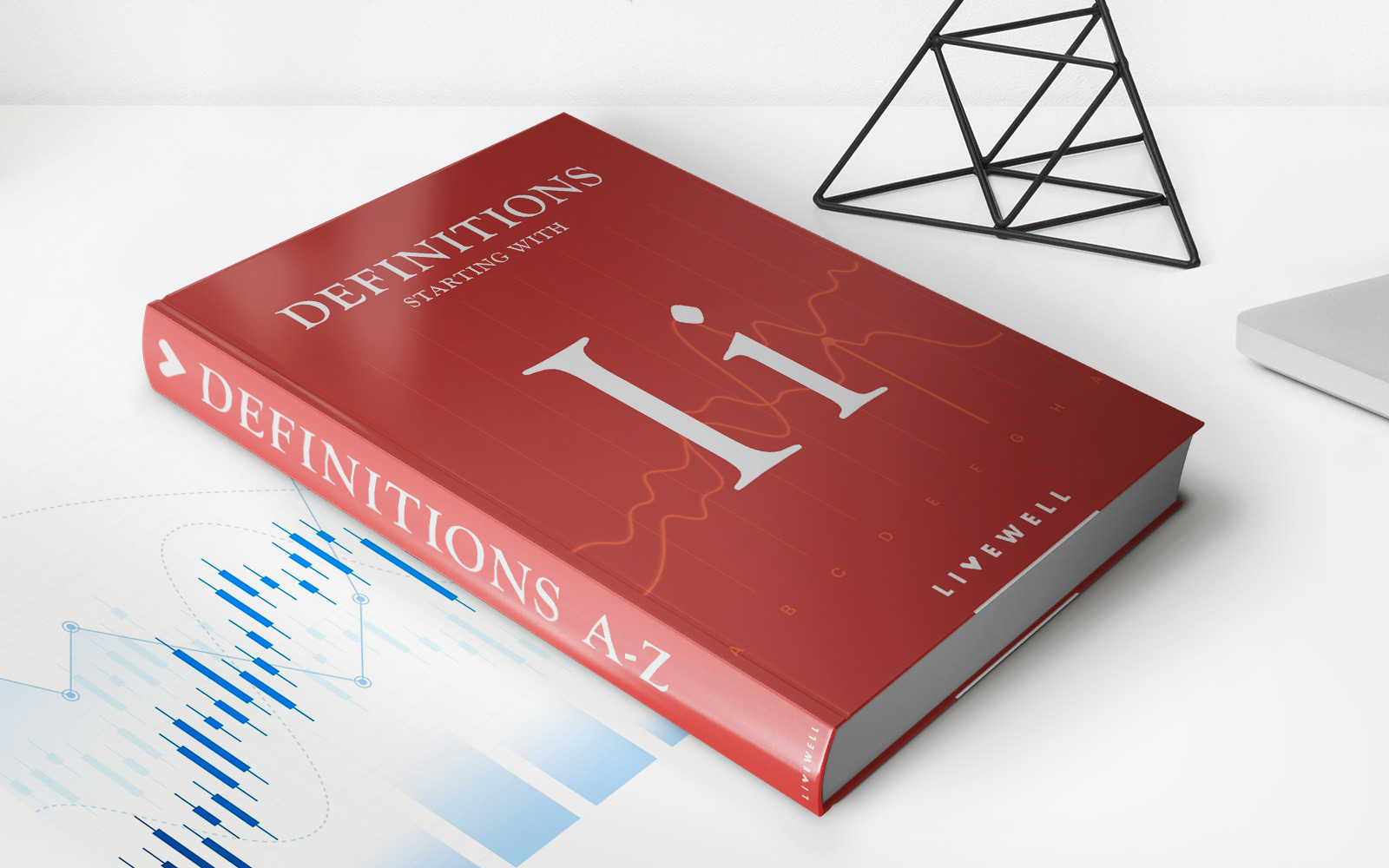

Finance
IRS Publication 516 Definition
Published: December 13, 2023
Learn about the definition and details of finance according to IRS Publication 516. Gain insights into the intricate aspects of finance and stay informed.
(Many of the links in this article redirect to a specific reviewed product. Your purchase of these products through affiliate links helps to generate commission for LiveWell, at no extra cost. Learn more)
Welcome to the World of Finance: Understanding IRS Publication 516
When it comes to managing our finances, there is a sea of information we need to navigate. From taxes to investments, the world of finance can be complex and overwhelming. One valuable resource that can guide you through the intricacies of taxation is the IRS Publication 516 – U.S. Government Payments. In this article, we will delve into the definition, purpose, and key takeaways from this essential publication.
What is IRS Publication 516?
IRS Publication 516 is a comprehensive guide provided by the Internal Revenue Service (IRS) that explains the tax treatment of various types of U.S. government payments. These payments can include retirement benefits, social security, Medicare, and other federal benefits. The publication details the procedures on how to report these payments on your tax return and provides relevant information on exemptions, deductions, and credits related to these payments.
Key Takeaways from IRS Publication 516
- Understanding how your U.S. government payments are taxed can help you effectively plan your finances and ensure you are complying with tax regulations.
- IRS Publication 516 provides detailed instructions on reporting various government payments, ensuring accuracy and compliance when filing your taxes.
Now that we have introduced IRS Publication 516, let’s take a closer look at some key points covered in this publication.
1. Types of U.S. Government Payments
IRS Publication 516 outlines the different types of U.S. government payments that taxpayers may receive. These can include:
- Social security benefits
- Retirement benefits
- Disability benefits
- Unemployment compensation
- Supplemental security income (SSI)
- Veterans’ benefits
- Railroad retirement benefits
- Medicare premiums
- Federal employee compensation
2. Reporting and Taxation
When it comes to reporting and taxation, IRS Publication 516 provides step-by-step instructions to help taxpayers accurately report their government payments. It covers topics such as:
- Which forms to use when reporting different types of payments
- How to calculate taxable and nontaxable amounts
- Information on tax withholding
- Exemptions and deductions related to U.S. government payments
- Treatment of lump sum payments
- Special tax considerations for military personnel
By following the guidelines in IRS Publication 516, you can ensure that you are correctly reporting your U.S. government payments, avoiding potential errors, penalties, or delays in your tax filing process.
Conclusion
In the vast realm of finance, understanding the tax treatment of U.S. government payments is crucial to managing our finances effectively. IRS Publication 516 serves as a valuable resource, providing clear instructions and explanations to help taxpayers navigate the complexities of reporting and taxation. By familiarizing yourself with this publication’s key takeaways, you can confidently handle your taxes and make informed financial decisions.














